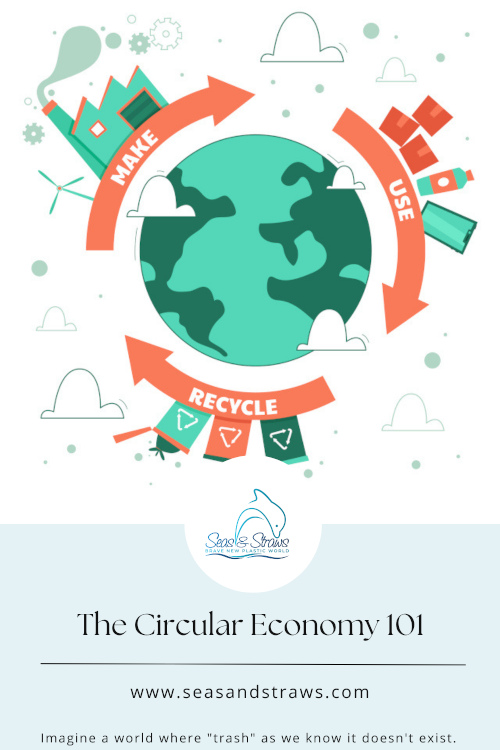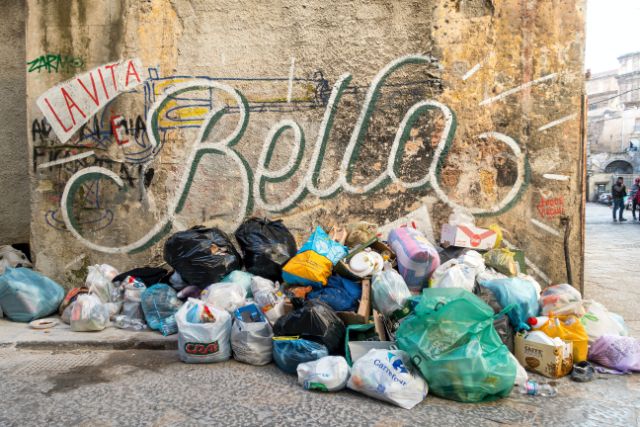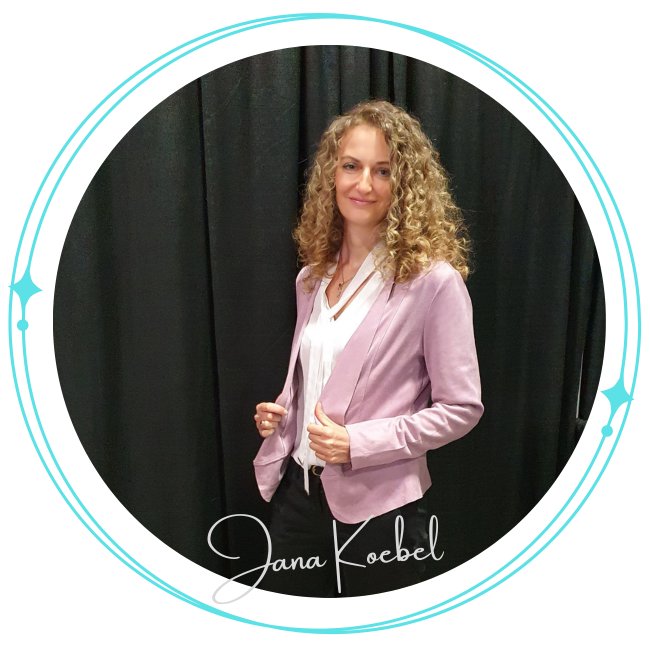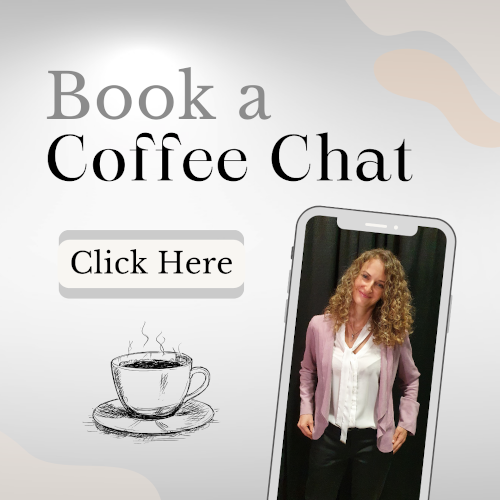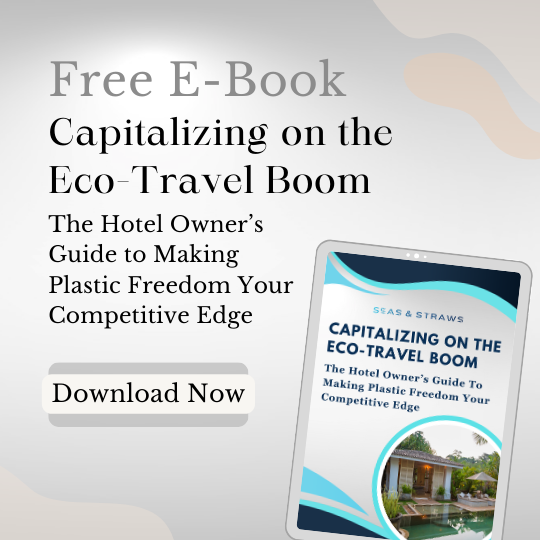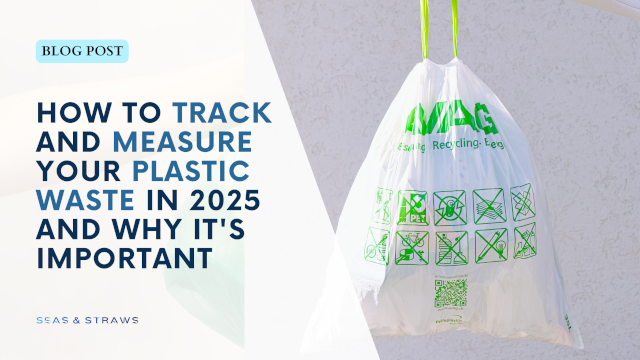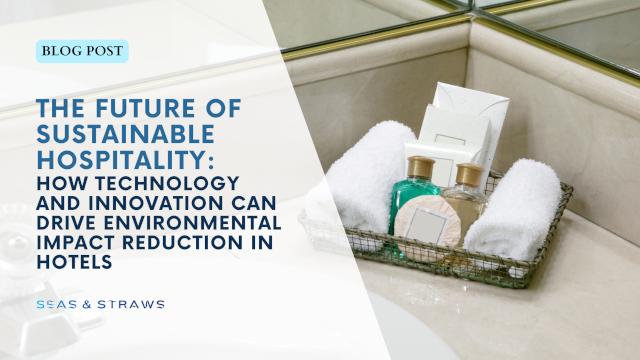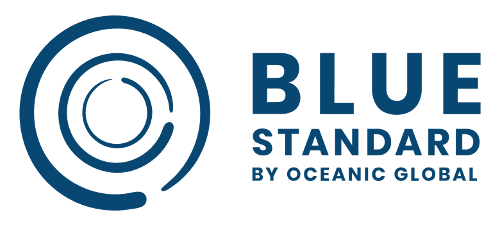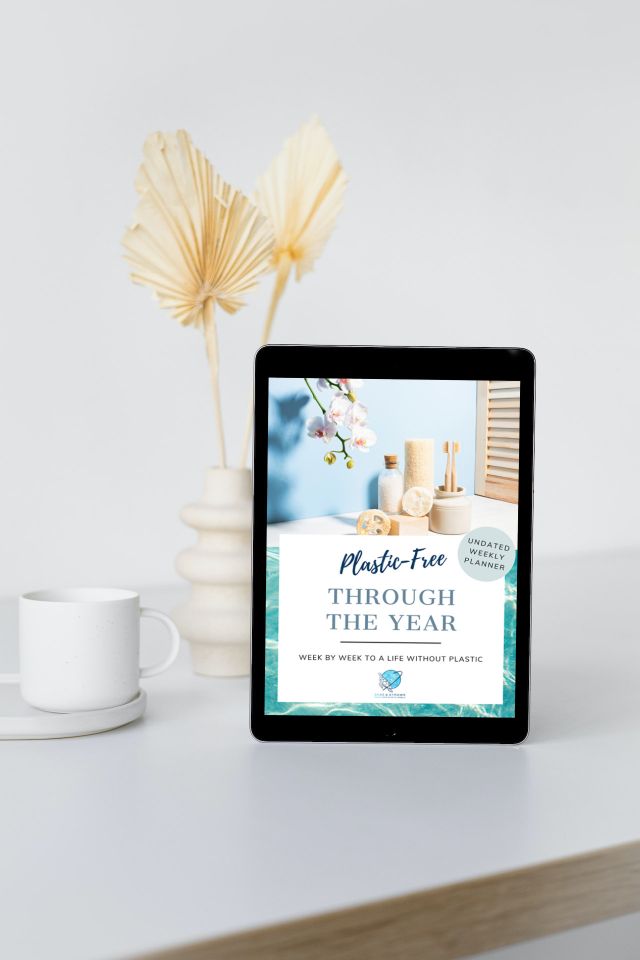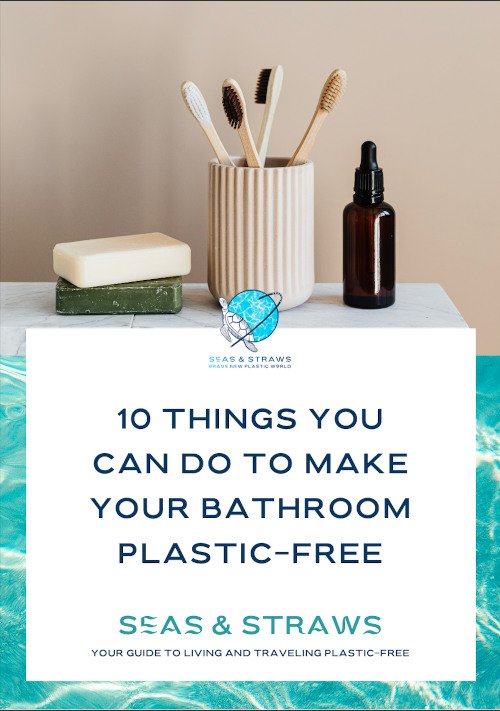- Home
- Plastic Alternatives
- Circular Economy
what is the circular economy
Imagine a world where “trash” as we know it, doesn’t exist. That’s the world of a circular economy.
What is the circular economy?
The circular economy is a man-made concept that aims to imitate nature; There’s no “landfill” or end point for resources - everything simply flows from one form to another. Picture this: one species' waste is another’s food, energy is provided by the sun, things grow, and die, and nutrients return to the soil safely. That’s nature’s cycle, and that’s what a circular economy imitates.
Essentially, it’s like a zero-waste lifestyle, but in all stages of production before it even gets to us, the consumer.
Circular vs linear economy
Sustainability is everywhere today and along with it a growing awareness of the linear model of our existing economy. This model is simply described as a process of take, make and dispose. We take natural resources from our environment, produce a product and consume it, then dispose of it.
As we’ve reached planetary limits though, available resources are more limited and outputs have become increasingly detrimental to ecosystems. Hence, the need to shift to a new kind of economy where the focus is on maximizing the utility of resources, rather than just creating products.
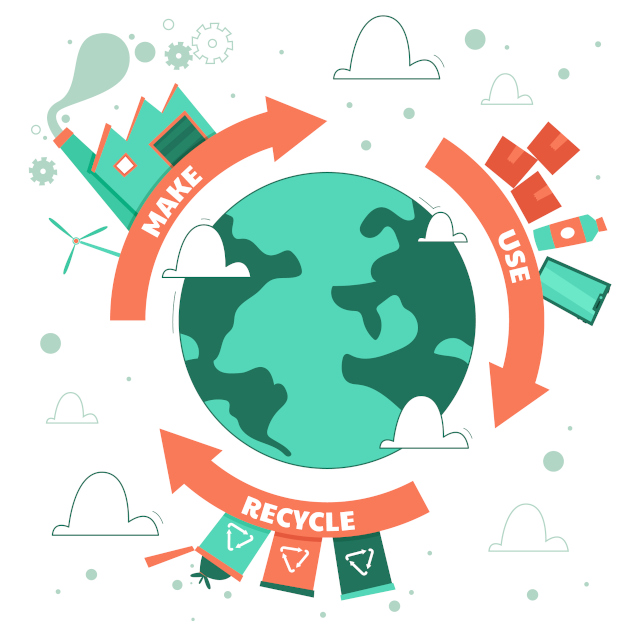 The circular economy does not know waste.
The circular economy does not know waste.What does it do?
The circular economy is all about identifying and closing loopholes to create self-sustaining systems where producers and consumers are giving constant feedback and improving. This can look like this: Industries identify where and how resources and energy flow through them, where they are lost, and where processes could be interconnected to reduce those losses. This can be achieved through long-lasting design, maintenance, reuse, remanufacturing, refurbishing, or recycling.
That means, things are being constantly repurposed to serve new functions and become multifunctional; instead of a building just serving a housing function, it also becomes an energy producer.
How does it work?
The circular economy rethinks how we create products. It does so by looking at 2 key product cycles: the biological one, and the technical one.
Let’s start with the biological cycle
By rethinking and redesigning products and their packaging, we create biodegradable materials that can be used as compost to grow more stuff. That looks like using biodegradable packaging that may even be filled with seeds - so they sprout once they’re disposed of.
Then, there’s the technical cycle
We know some products don’t biodegrade, like our washing machines & phones. Instead, we look at how to save valuable components so they maintain their quality and continue to be useful after we are done using the original item. The goods of today become the resources of tomorrow.
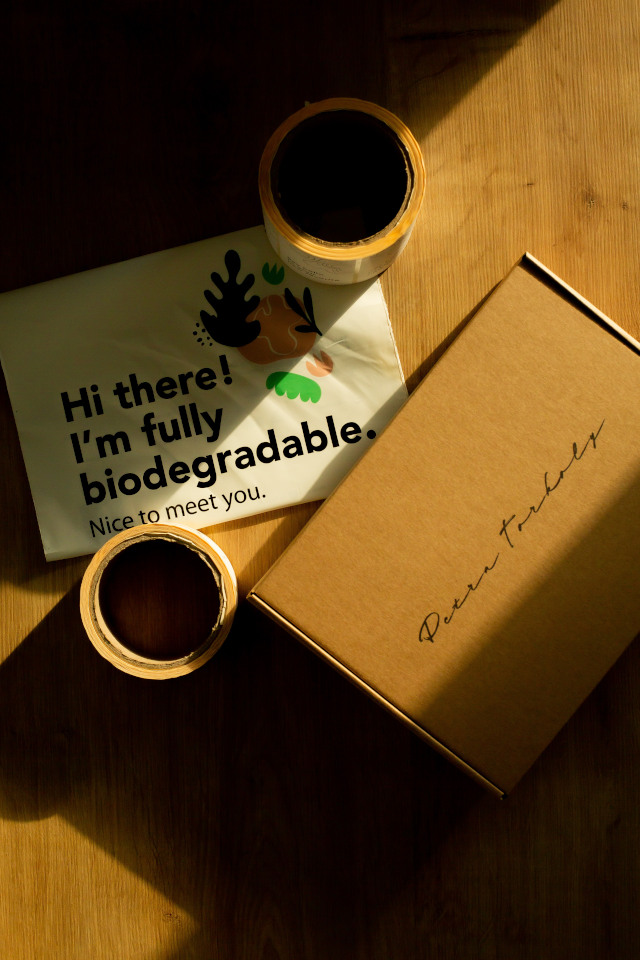
Putting the two together, this is what a circular economy could look like:
We design products to come back to their manufacturers, their technical parts are reused, and their biological parts are used in agriculture. Imagine these products are also made and transported using renewable energy. This is a long-term model for a sustainable earth. I also wrote a post about the circular economy model in practice, which you can read here.
What do you think of this introduction to circular economy? Share your thoughts on Twitter.
